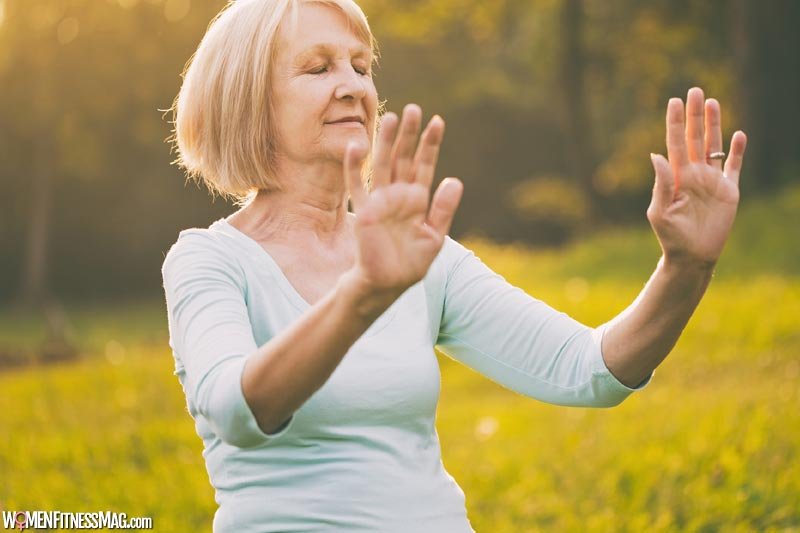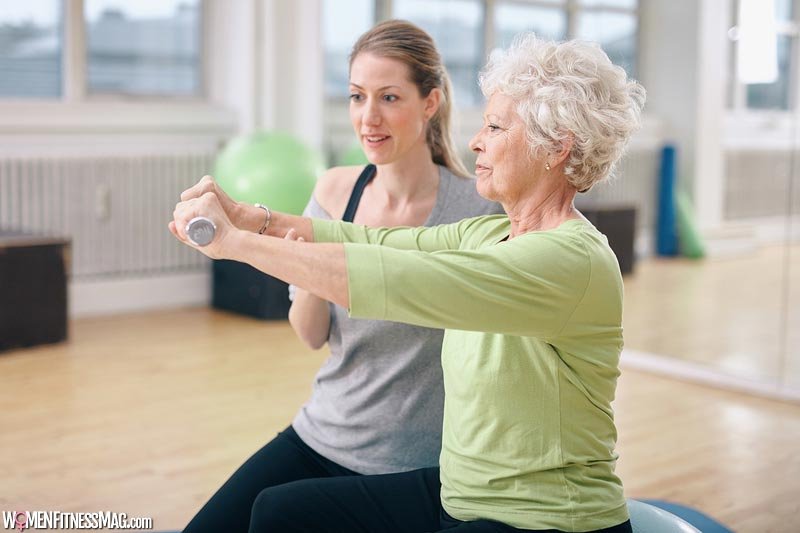If Parkinson’s Is a Motor Disease, One Way to Improve the Symptoms Is to Exercise : Living with any chronic disease is both excruciating and shameful, especially for men. That’s because of the cultural conditioning- men have to endure everything with stamina, even smile, and not show any vulnerability.
That’s not realistic. Part of being human is that we have to deal with a lot of stress and to be able to do it, we have to acknowledge all the accompanying emotions, many of which are plain ugly.
Shame is not foreign to difficult diagnoses. Au contraire. You watch your body wither, legs won’t walk, eyes can’t see, cells multiplying at the speed of light, killing the neighboring tissue, mind starting to drift away. If this is difficult to read, imagine how difficult it is for people dealing with those issues.
People living alone have an even harder time to share their pain with someone who might not even understand. Maybe the right decision would be to hire a professional, like a personal assistant, who will do a lot of things to make life easier for the elderly. They might be able to help with the exercise as well.
But we aren’t going to talk about the general advantages of exercise. This website is packed full of interesting articles, go search the specific topic. We’ll talk about Parkinson’s disease and the impact the exercise has on slowing the symptoms.
Know Your Enemy
First, let’s see what Parkinson’s is, because the quality of life with the disease may depend on its understanding.
Parkinson’s disease is a degenerative disorder of neurons where patients, 6 million and counting, due to an extremely reduced production of dopamine, start having severe motor (tremor, bradykinesia, stiff limbs) and non-motor symptoms (depression, cognitive impairment, sleep disorder, constipation). It’s incurable, but can be alleviated with medicine, surgery and, you guessed it, exercise.
Exercise as a Medical Treatment
Exercising is beneficial to the affected because it helps the patients sleep better, make their joints and muscles stronger, fight depression and refine balance and posture, but the type will depend partly on the disease severity. Experts from The University in California’s Clinic and Disease Center for Parkinson’s say that various exercise that involve direction changing “through unplanned movement”, rhythmical, cardio, strength and balance training.
Let’s break this down.
Random moves are found in exercises that make the patient alter direction and speed, challenging them physically and mentally, which is very important. These include eastern practice, such as tai chi; sports involving a racket; cycling, jogging, hiking, marching and swinging arms at the same time or simply walking; dancing, especially tango, swimming but with varying strokes.
Planned moves are necessary to exercise balance. At the same time, the patient is advised to sing loudly or solve some problems, to exercise cognition as well. So, these include same-stroke swim, indoor bicycle, treadmill walk, lifting light weights.
Exercise flexibility and strength. Go boxing. Do Pilates. But do them regularly.
Boxing sounds like a perfect exercise since it’s patterned, it helps your muscles gain strength, which is truly essential, plus it balances people. And serves as a frustration outlet.
We’ll say this multiple times- the sooner you start, the better the prognosis. But before you do, always consult your doctors, both MD and the neurologist.
Guides, Examples and Challenges
Parkinson Society Canada offers a very comprehensive guide on how to exercise and what to pay attention to.
There was a study claiming that the harder people exercised, the better results they showed. A physical therapy university professor claims that “If you have Parkinson’s disease and you want to delay the progression of your symptoms, you should exercise three times a week with your heart rate between 80 to 85 percent maximum. It is that simple.” As this article suggests, people who participated in one study on whether intense exercise helps reduce the progression of the disease report “calmness”- no tremor after the treadmill for a while.
That’s big. “It’s not a cure; it’s a way to manage the symptoms”, said the participant, who would walk a steep incline on a treadmill 4 to 6 times a week, without any medication.
Furthermore, it inspired other similar experiments that concluded that it doesn’t matter how intense you workout, you’ll still walk faster, as long as you do it regularly.
As we mentioned, the condition cannot be cured, but there’s a certain solace in knowing that there are some steps you can take to decrease deterioration.
Exercise for those suffering from Parkinson’s disease is not facultative activity- it’s vital and counts as “an actual medical treatment”.

Nevertheless, it’s very difficult, both physically and mentally. Patients are challenged on so many levels. They don’t take the diagnosis lightly- mainly because one knows the prognosis and its development. You can’t help it but think about how much longer you’ll be able to do certain things we all take for granted- like getting up from a chair.
However, immediate acceptance will lead to immediate action, which is crucial.
There is a physical therapist who works exclusively with Parkinson’s patients in a unique manner- by combining physical with mental exercise. For instance, a patient has to throw a medicine ball while simultaneously yelling every other alphabet letter. So, while the patients think about what they won’t be able to do soon, he focuses on what they are able to do now.
Parkinson’s patients who exercise regularly are aware of the benefits they get. In fact, it’s only when they start exercising that they recognize how bad their state has been. It’s logical, since exercise produces dopamine, which they need most.
To be able to move, the patients need to…well…move. In time, they’ll begin walking in smaller steps, similar to shuffling; therefore, they need large movements to fight that.
Leek-Pesani, a physical therapist-turned exercise therapist-turned occupational therapist uses a PWR! (Parkinson Wellness Recovery) program to create a variety of exercises around “balance, flexibility, stability and muscle control”, since what patients are afraid of the most is falling.
She suggests an exercise where a patient stands, back against the wall, stretching an elastic band as much as possible, to build those muscles that are used for stabilization to prepare patients to jerk themselves back in case of falling.
Conclusion
While for most people exercise is preferable, for those suffering from Parkinson’s disease- it’s indispensable, and it is proven by science.
Consult your doctor first and go find the right support.
Remember- the earlier you start, the better the results.
Author :
Anne Harris is an HR specialist working for londonlive-incare.com. She eagerly shares her knowledge with her audience on various blogs. When she isn’t writing or attending wellness conferences, she likes to pack her rucksack and ride her day away on her bike or spend time with her friends.
Related Videos about If Parkinson’s Is a Motor Disease, One Way to Improve the Symptoms Is to Exercise :
Exercises for Parkinson’s: Strengthening Exercises
7 Helpful Hand Exercises for Parkinson’s (to Improve Handwriting, Flexibility, and Dexterity)
POWER FOR PARKINSON’S MOVE & SHOUT CLASS, Full Length Class
Parkinson Disease: Treatment by a Physical Therapist
Movement Tips for People with Parkinson’s Disease
Ask the MD: Exercise and Parkinson’s
If Parkinson’s Is a Motor Disease, One Way to Improve the Symptoms Is to Exercise
exercise prescription for parkinson’s disease, parkinson’s and exercise research, what type of exercise is best for parkinson’s, exercises for parkinson disease pictures, can exercise reverse parkinson’s, coordination exercises for parkinson’s patients, exercises for parkinson’s tremor, parkinson’s exercise equipment, parkinson’s exercise class, parkinson’s exercises pdf, walking exercises for parkinson’s patients, parkinson’s exercise groups near me,




